Every cat owner has witnessed this phenomenon at least once. Your feline friend suddenly freezes mid-stride, eyes fixed on what appears to be absolutely nothing. Their gaze is intense, unwavering, almost trance-like as they stare into empty space for minutes on end. You follow their line of sight but see nothing remarkable – just a blank wall, an empty corner, or plain air. It’s one of those mysteriously captivating cat behaviors that leaves us scratching our heads and wondering what on earth they’re perceiving that we’re completely missing.
The truth behind these mysterious staring episodes lies in the remarkable world of feline senses, particularly their extraordinary hearing abilities. Cats inhabit a rich sensory landscape that extends far beyond human perception, picking up on sounds, frequencies, and movements that remain completely invisible to us. When they appear to be gazing into nothingness, they’re often engaged in sophisticated sensory processing that would put our own abilities to shame.
The Incredible Range of Cat Hearing
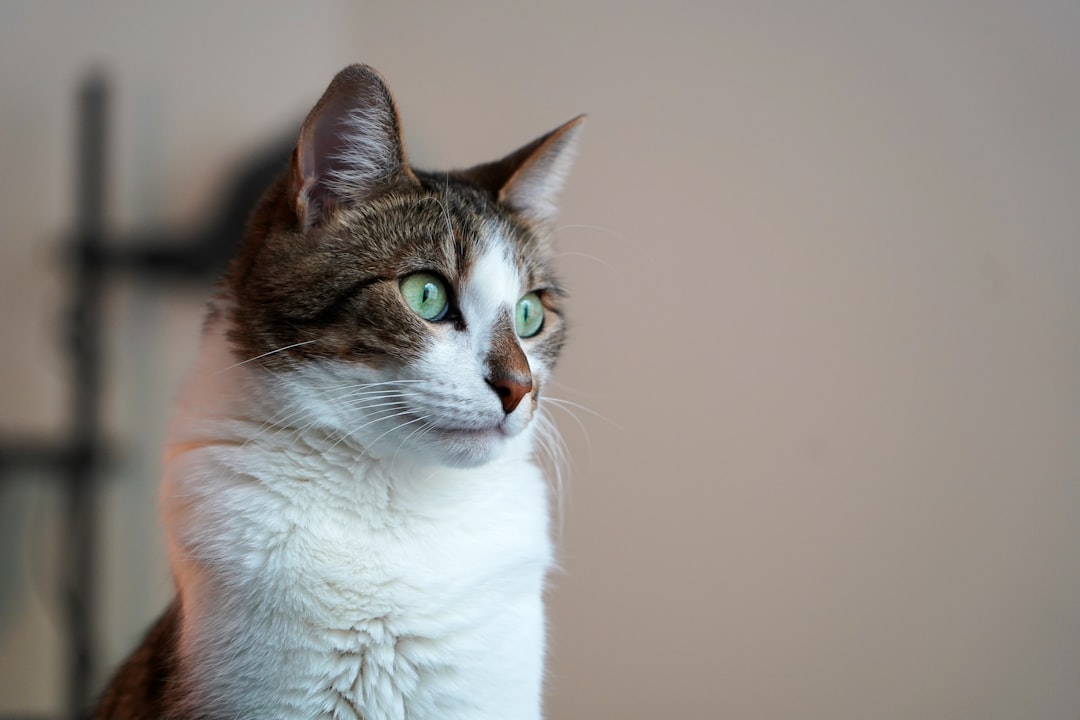
Cats possess one of the most impressive hearing ranges among mammals, capable of detecting sounds from approximately 48 Hz to an astounding 85,000 Hz. While humans can only perceive frequencies between roughly 20 Hz to 20,000 Hz, our feline companions can hear sounds that are more than four times higher in pitch than anything we could ever detect.
This extraordinary hearing range isn’t just impressive on paper – it has real-world implications for how cats experience their environment. Their ability to hear in the ultrasonic range helps cats hunt small rodents, as rats communicate using ultrasonic vocalizations at frequencies exceeding 19-20 kHz. When your cat suddenly perks up and stares intently at what seems like empty space, they might be picking up on the high-pitched squeaks of mice moving within your walls or the ultrasonic calls of other small creatures.
Mobile Ear Architecture Built for Precision

Humans have relatively few muscles controlling our outer ear, while cats have approximately 30-32 muscles that allow them to rotate their ears a full 180 degrees. This mobility means each ear can move independently of the other, creating a sophisticated directional hearing system that operates like biological radar dishes.
Unlike the limited human ear, cats’ ears are endowed with around 30 muscles that allow movements of up to 180 degrees, enabling cat ears to guide them towards the sound source that caught their attention. This high degree of control allows cats to precisely locate sounds, making them skilled hunters. The next time you see your cat’s ears swiveling independently while they stare at seemingly nothing, know that they’re conducting a complex auditory investigation.
Amplification and Sound Collection Systems
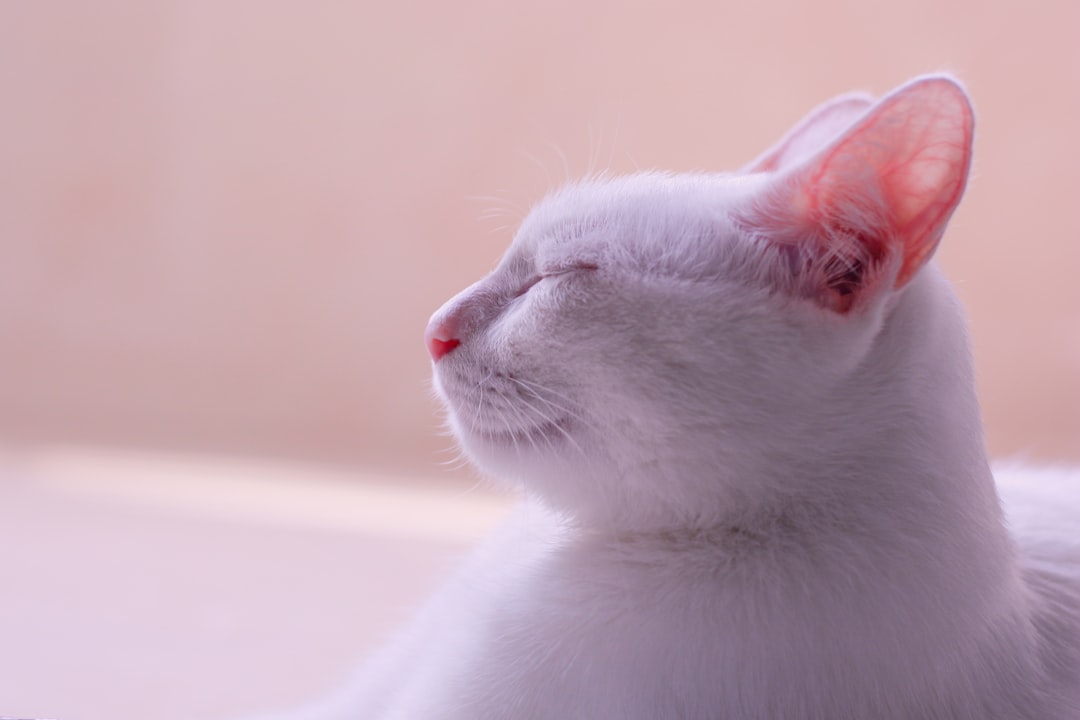
Cat ears can amplify sound waves 2 to 3 times for frequencies between 2,000 and 6,000 Hz. The external ear flaps, called pinnae, have a cone shape and upright position that are vital in capturing and amplifying the sound waves they detect from the outside. This natural amplification system means that even the faintest sounds can be magnified to noticeable levels.
The ear canal of cats is deeper and more tapered than in people, creating a better funnel to carry sound to the eardrum. This anatomical advantage, combined with their mobile pinnae, creates a highly efficient sound collection system. When cats appear to be staring into space, they may be using this sophisticated auditory equipment to focus on sounds that are completely beyond our detection threshold.
What Cats Hear That We Cannot
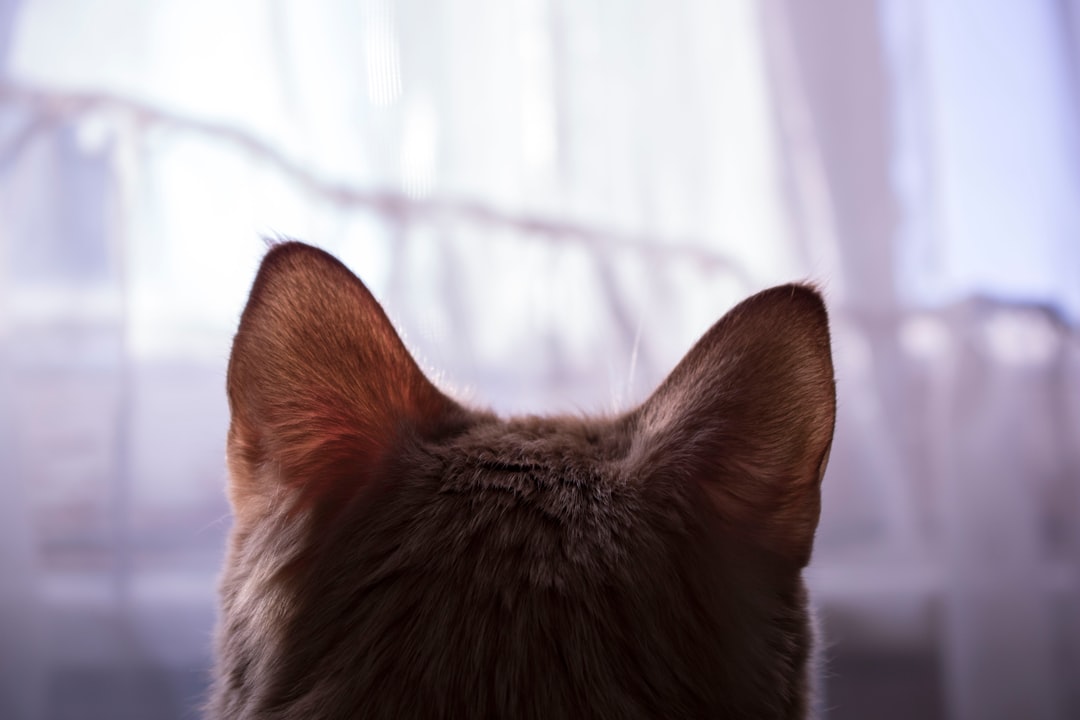
Where humans can hear high and low sounds if they’re loud enough, cats can pick them out at lower decibels and can even hear cockroaches in walls. This means your cat might be focusing on sounds from within your walls, such as mice or insects, that are completely imperceptible to human ears. The bustling activity happening inside your home’s structure – from plumbing sounds to tiny creatures moving about – creates a constant auditory landscape that only cats can fully appreciate.
The reasons for the blank stares may be anything from a mouse inside your wall making noises or the sound of a rusty pipe hidden behind the drywall. Maybe your cat is hearing something on the other side of the wall, whether it’s a clanking pipe, a mouse scampering around behind the wall, something making noise in a neighboring apartment or someone chatting outside. These everyday household sounds that we tune out or simply cannot hear become fascinating audio dramas for our cats.
The Predatory Stare Response
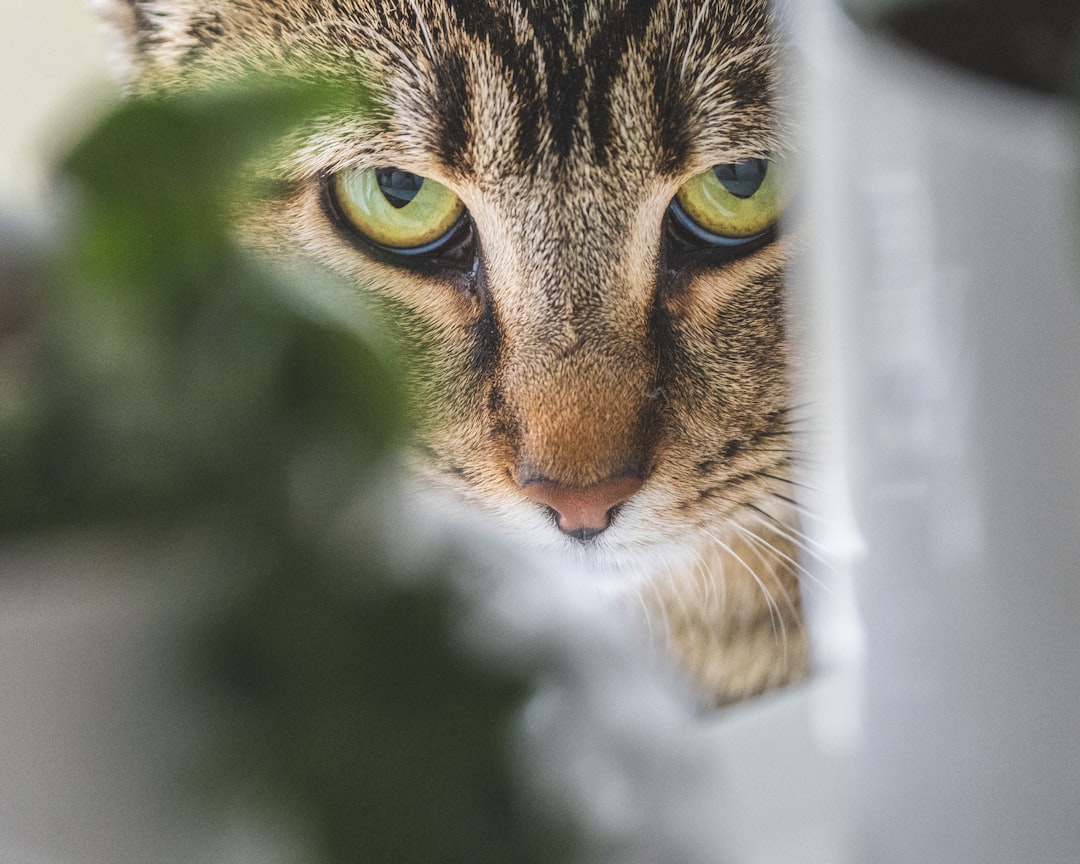
This behavior hearkens back to their prey-stalking instinct, as cats are ambush predators who don’t immediately charge after their target but wait and see before chasing. Once they detect something that might be prey and it disappears, they should wait it out, as anyone who’s seen a mouse knows how they silently flash by.
Most of the time, a cat seemingly staring at nothing is indeed alert to something we simply don’t notice, as cats have highly tuned senses to pick up minor movements and faint traces of prey to aid them while hunting. When cats stare intently at seemingly nothing, they’re often engaging their natural predatory instincts. This ancient hunting programming means that even indoor cats maintain the behavioral patterns of their wild ancestors.
Ultra-High Frequency Detection
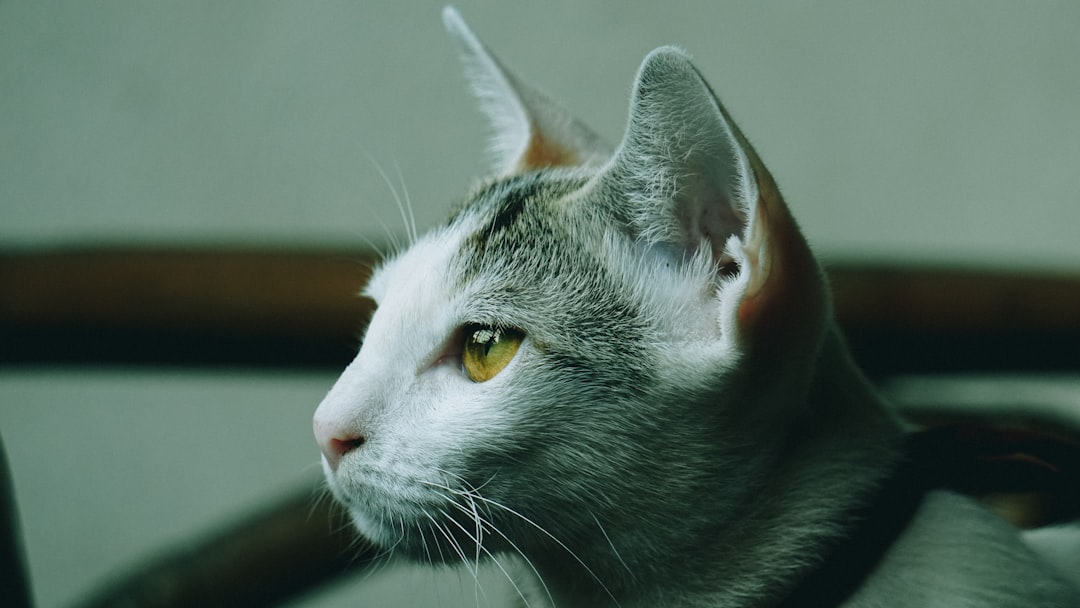
Our cats hear at ultrasonic frequencies and their health may be affected by “inaudible sounds” that have been found to affect endocrine and cardiovascular function, sleep-wake cycles, seizure susceptibility and behavior in laboratory animals. Many human engineered devices produce sound in the ultrasonic range, including cell phones, smart TVs, and security cameras, and some studies have started to measure ultrasonic noise in our environment.
Modern homes are filled with electronic devices that emit sounds well above human hearing range. When your cat suddenly becomes fixated on a particular spot near your television, computer, or other electronic equipment, they may be detecting these ultra-high frequency emissions. Imagine a slight buzzing sound coming from your refrigerator – what may seem like a tiny spectrum of noise to you is annoyingly loud to your cat, and as the sound continues, so does your cat’s stare.
Visual Factors in Space Staring
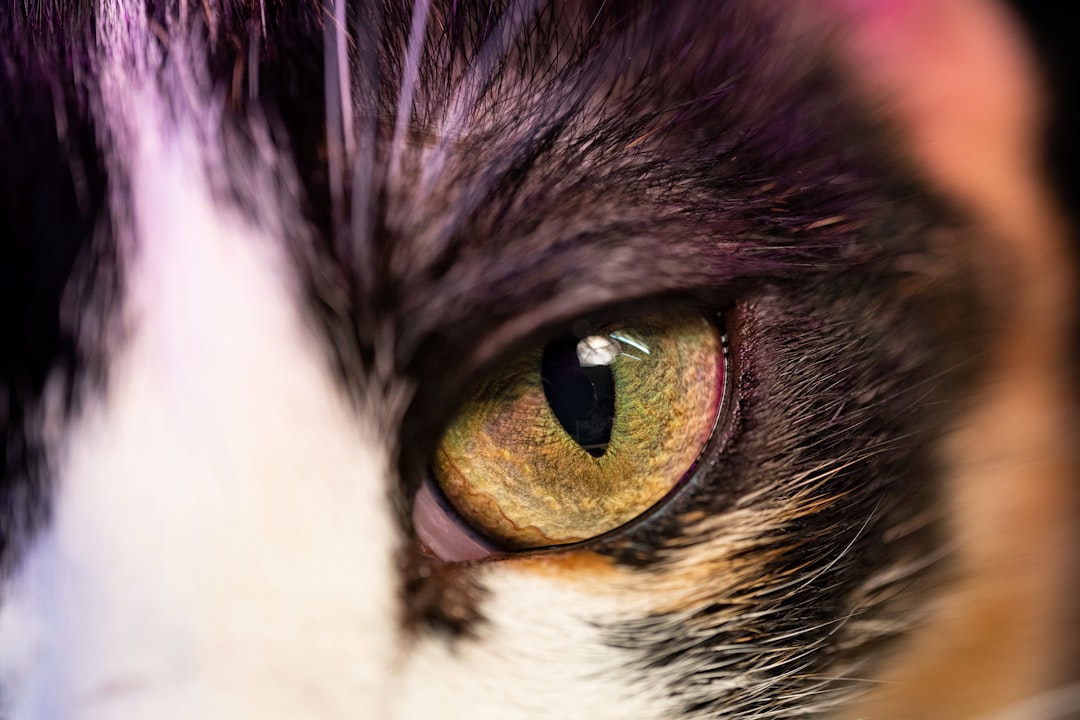
Studies indicate that cats might see in ultraviolet light, as humans have a lens that blocks UV from reaching the retina, but cats might have the ability to see UV light, which would help explain why they are so adept at hunting prey. While we might think they are looking at nothing, it’s very well possible they can see something as minuscule as sunlight glinting off a fleck of dust.
Such good eyesight allows cats to see things that you may not be able to see, like a tiny spider, fly or ant, and they might even be looking at “invisible” beams of light as cats’ eyes have the ability to see ultraviolet light, which is invisible to the human eye. This enhanced visual capability means that what appears as empty space to us might be filled with fascinating light patterns and tiny movements visible only to our cats.
Sound Localization Precision
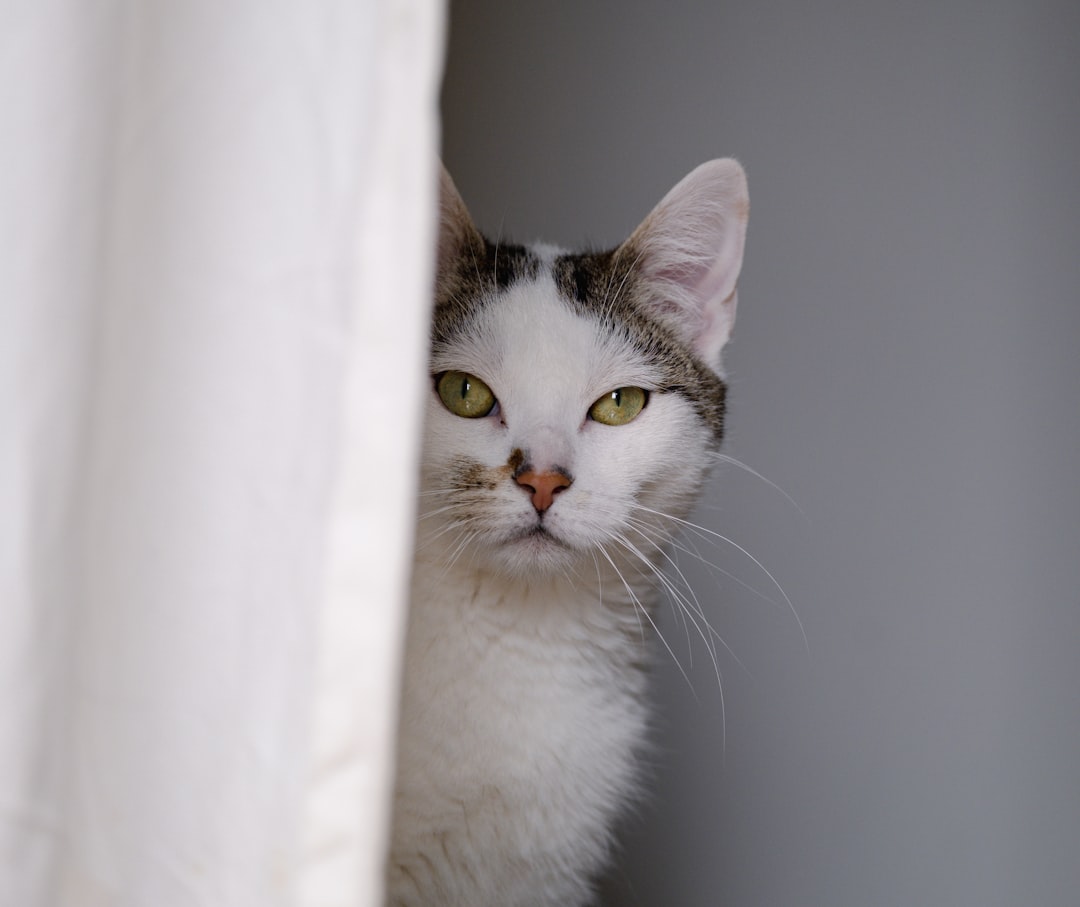
A cat up to 3 feet away from a sound’s point of origin can pinpoint its location to within a few inches very rapidly. It is believed that cats may be able to hear sounds from 2,300 feet away, depending on the volume, frequency, and environmental conditions. This incredible precision explains why cats can remain perfectly still while their ears make subtle adjustments to track sounds we cannot detect.
In auditory trials, the pinna response was composed of two movements: short- and long-latency components, where the long-latency component occurred with eye movement to the target, while the short-latency component was coupled to the onset of the stimulus at approximately 25 milliseconds. This rapid response system allows cats to immediately orient toward interesting sounds, even when they’re too faint or high-pitched for humans to notice.
When Staring Becomes a Health Concern
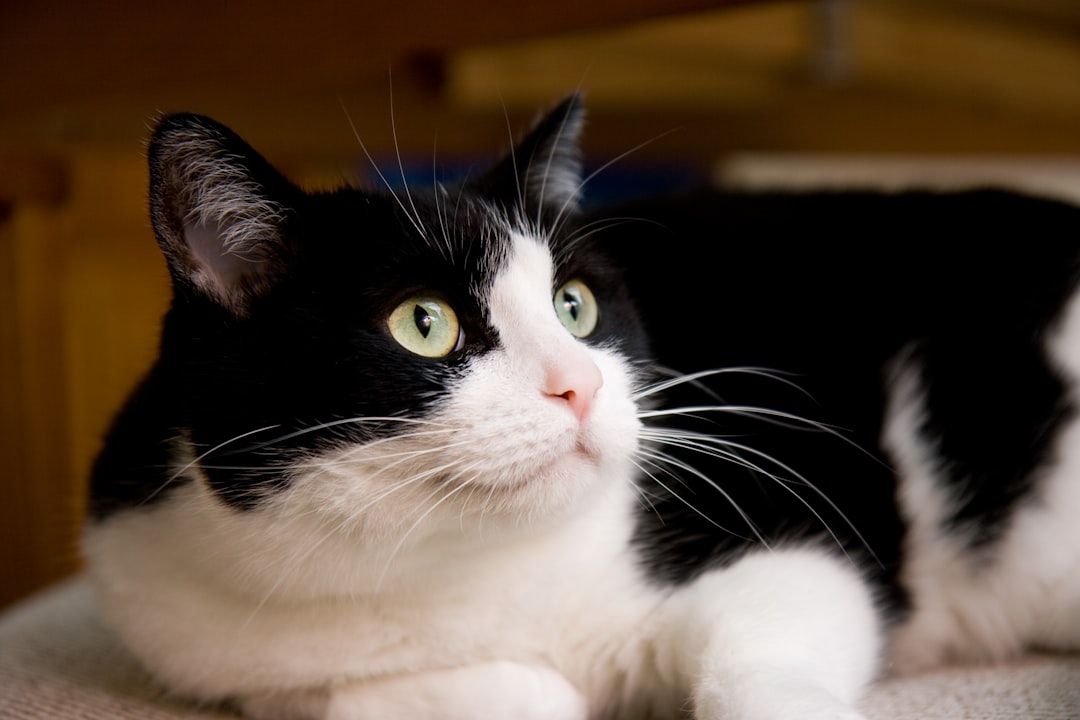
However, if your cat is staring at the wall and displaying any other symptoms, they should be brought in for an evaluation, and you should also schedule a vet visit if your cat has started staring at the wall and is elderly, as old cats staring at the wall are more likely to be suffering with a medical problem. They may be suffering from feline cognitive dysfunction syndrome, also known as senility or dementia.
Head pressing, when a cat after a long stare presses its head against the wall, indicates that your cat has issues with the nervous system, with other symptoms including behavioral changes, eye problems, and excessive circling requiring a vet check-up. While most staring behavior is completely normal, persistent or obsessive staring combined with other unusual symptoms warrants professional evaluation.
Conclusion

The next time you catch your cat in one of those mysterious staring episodes, remember that they’re experiencing a rich sensory world that exists far beyond human perception. Their extraordinary hearing abilities, mobile ear architecture, and enhanced visual systems create an environmental awareness that we can barely imagine. Rather than seeing ghosts or spirits, cats are simply tuned into the complex symphony of sounds and sights that constantly surround us.
From ultrasonic rodent communications to electronic device emissions, from tiny insects invisible to our eyes to UV light patterns we cannot detect, cats navigate a sensory landscape that makes our own perception seem remarkably limited. These staring moments aren’t mysterious at all – they’re glimpses into the remarkable sensory capabilities that have made cats such successful hunters throughout their evolutionary history.
What do you think about it? Have you noticed specific patterns in when your cat stares into space? Tell us in the comments.






